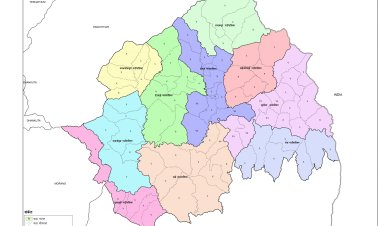Nepalese Religion: An Overview of Faith and Culture
Explore the major religions in Nepal, including Hinduism, Buddhism, Islam, and Christianity, and learn about their impact on the country's culture and festivals like Dashain, Tihar, Buddha Jayanti, and more.
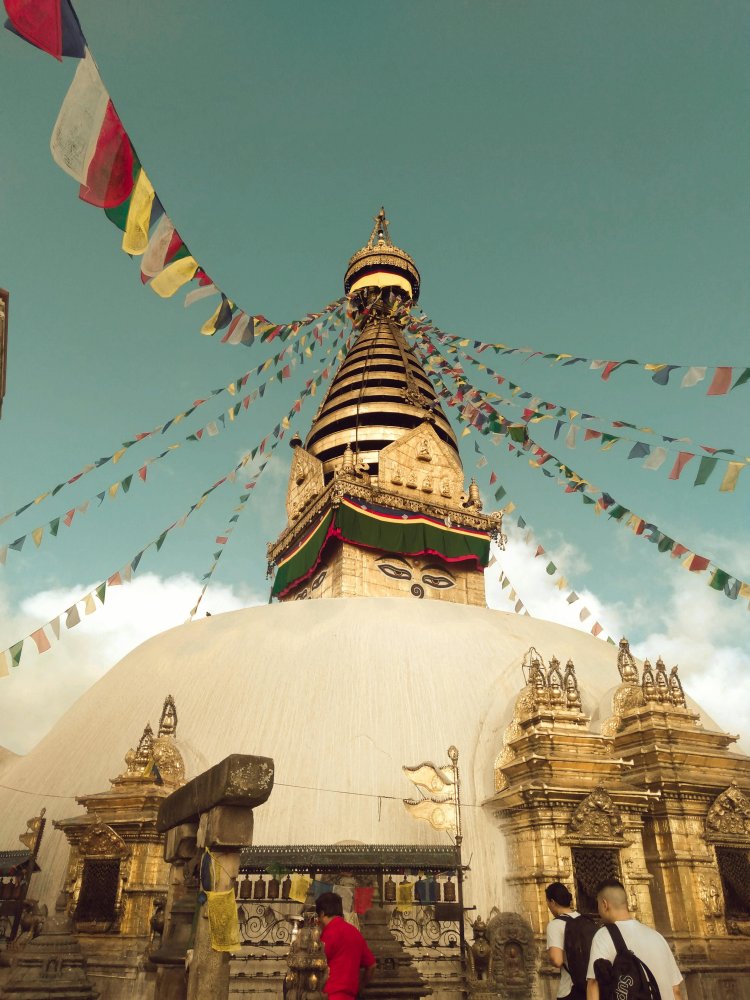
Nepal is a small country in South Asia, located in between India and China. Despite its size, Nepal is known for its rich cultural diversity and deep religious traditions. Religion plays an important role in the lives of Nepalese people, shaping their daily routines, festivals, and way of life. In this blog, we will explore the major religions in Nepal, their practices, and how they influence the culture of this beautiful country.
1. A Land of Many Faiths
Nepal is home to several religions, including Hinduism, Buddhism, Islam, Christianity, and others. Among these, Hinduism and Buddhism have the strongest influence, as they have been practiced here for centuries. The country is famous for being a peaceful home to people of different beliefs, where respect for one another's religion is a common value.
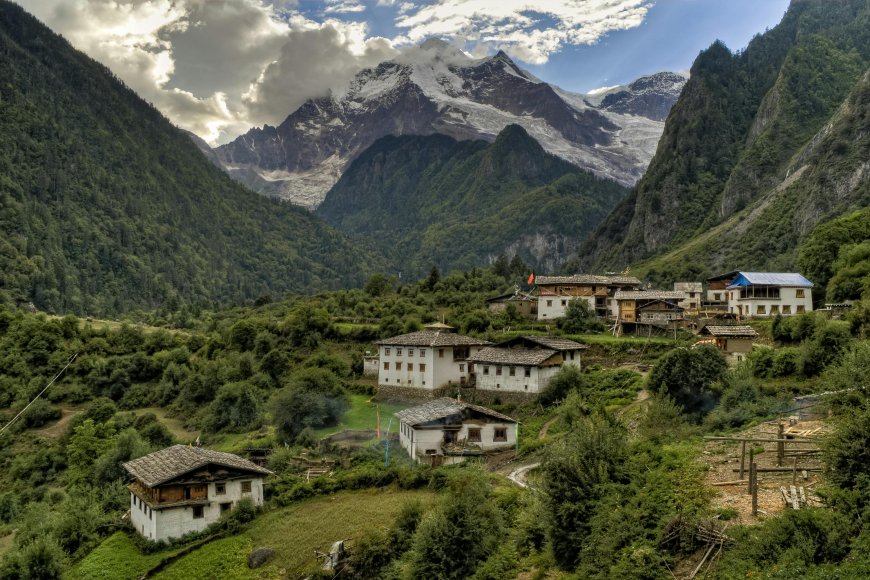
2. Hinduism: The Most Followed Religion
Beliefs and Practices
Hinduism is the dominant religion in Nepal, with nearly 81% of the population identifying as Hindus. It is a way of life that includes worshipping various gods and goddesses, such as Shiva, Vishnu, Durga, and others. The religion emphasizes karma (actions) and dharma (duties), encouraging people to live good and honest lives.Hindu are principally devoted to god vishnu, the god shiva or goddess.
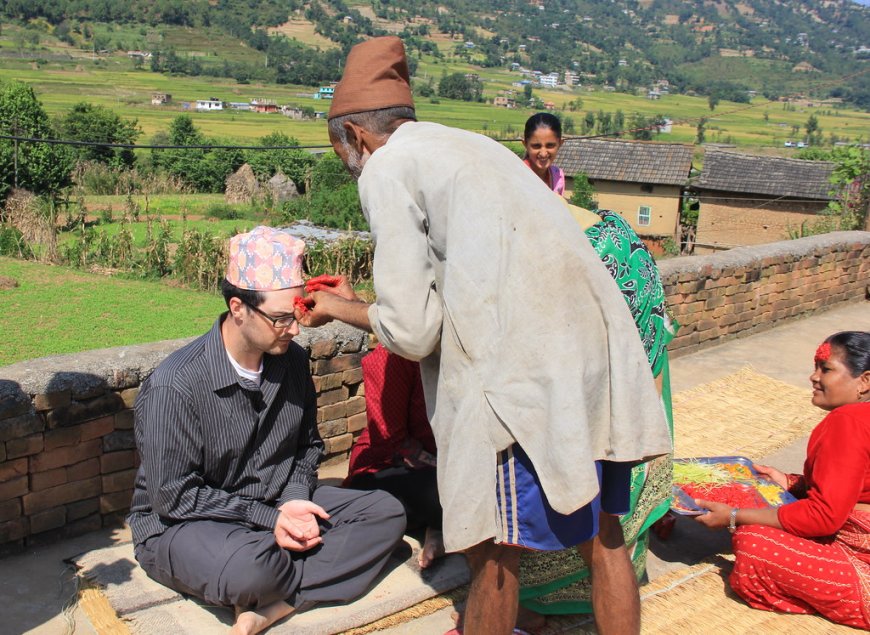
Festivals
Hindus in Nepal celebrate many colorful festivals. The most important ones include:
Dashain:
A 15-day festival honoring Goddess Durga celebrated with family gatherings, feasts, and animal sacrifices. Dashain is the biggest festival in Nepal. Dashain is celebrated as a victory of good over evil symbolized by Goddess Durga's victory over the demon Mahishasura. During Dashain, families are supposed to come together and receive tika, yogurt, and red power from their elders.
Tihar:
Tihar is celebrated for five days in November. This is also referred to as the Festival of lights. Every day, a different animal is worshipped on the occasion of tihar. During this festival, we make colorful designs called rangoli and light oil lamps all over the house.Temples like Pashupatinath in Kathmandu are key places for Hindu worship and attract travelers from around the world.
3. Buddhism: The Path of Peace
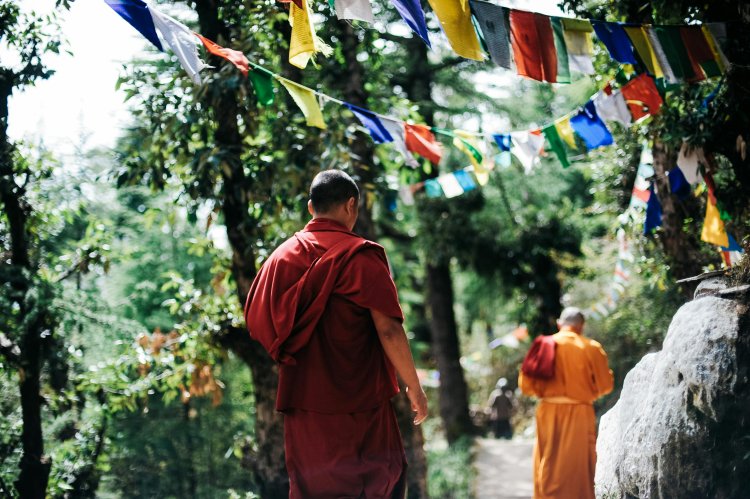
Origins in Nepal
Buddhism started in Nepal over 2500 years old which is the birthplace of Siddhartha Gautam.It later became the Buddha. He was born in Lumbini, which is now a UNESCO World Heritage Site. Though Buddhism accounts for about 9% of the population, its influence on Nepalese culture is immense.
Beliefs and Practices
Buddhists believe in non-violence, meditation, and achieving enlightenment. Many Buddhists visit stupas (dome-shaped structures) like Swayambhunath (Monkey Temple) and Boudhanath in Kathmandu for prayer and meditation.Many tourists are attracted by the stupas, and their buddhist culture.
Buddhists in Nepal celebrate Buddha Jayanti One of the main festivals of Buddhism is Buddha Jayanti which celebrates the birth and death on the anniversary of Gautam Buddha.It is usually observed on full moon day of the Nepali months(April or May). Buddhists people visit temples, offer prayers, meditations and many more.The day is full with peace, joy, happiness and spiritualism.
4. Islam and Christianity
According to Census 2021, Nepal also has communities practicing Islam (around 5.1% of the population) and Christianity (about 1.8%). Muslims in Nepal mainly live in the southern regions. People celebrate festivals like Eid-ul-Fitr and Eid-ul-Adha with prayers and food.
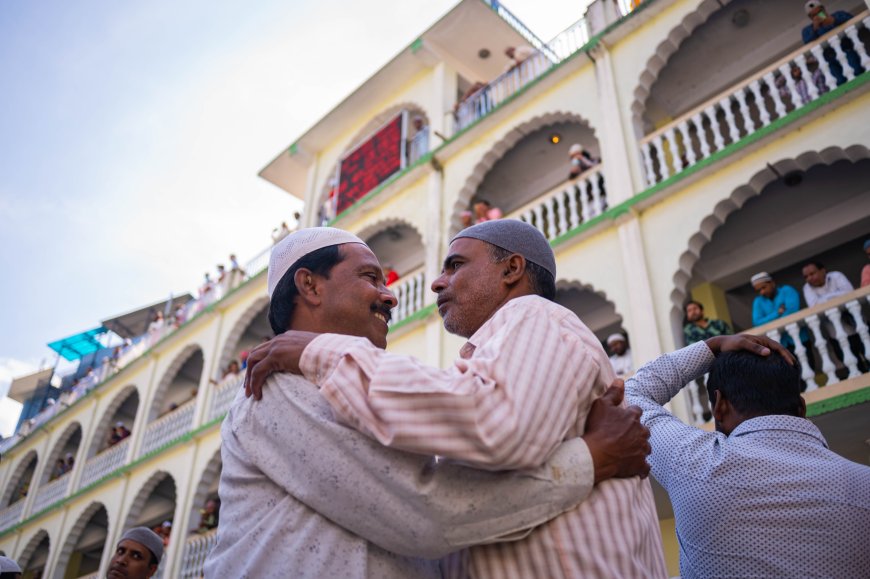
Christianity is a growing faith in Nepal, with many churches in cities and rural areas. It is believed in the Christian religion that, Jesus is the son of God. Christmas and Easter are the main celebrations for Christian people.
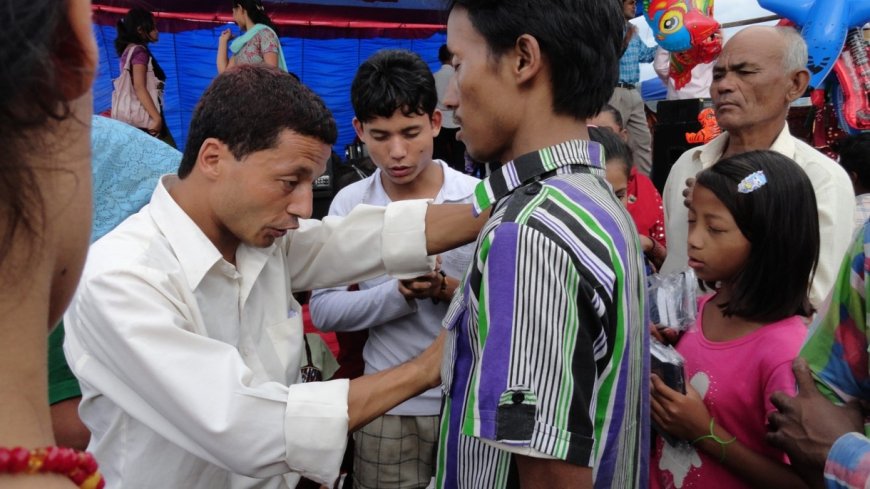
5. Indigenous Religions and Practices
In Nepal, indigenous religions and practices are deeply connected to the country’s rich cultural heritage. Many indigenous groups like the Newars, Gurungs, and Magars, follow their traditional beliefs, which involve worshiping natural elements like mountains, rivers, and trees. Nepal is also home to indigenous religions like Kirat and Bon. The Kirat community worships their ancestors and nature spirits. They celebrate festivals like Udhauli and Ubhauli, which mark agricultural seasons.
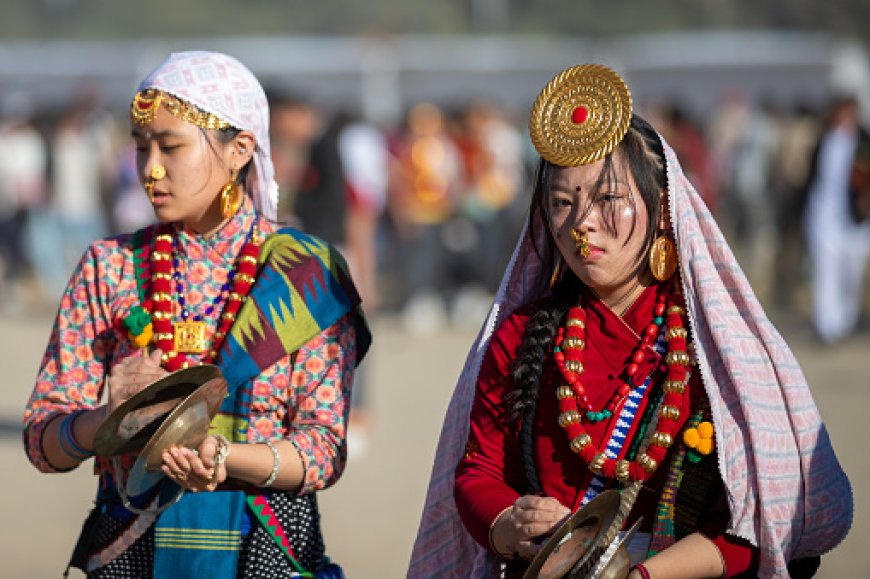
6. Festivals That Unite People
Festivals bring people together. For example:
- Dashain is celebrated by both Hindu and buddhist people.
- Hindus and some Muslims observe Chhath. These shared traditions show how religion in Nepal promotes unity and harmony.
7. The Influence of Religion on Nepalese Culture
Religion has greatly influenced Nepalese art and architecture. Temples, stupas, and monasteries are common in every every of the country. The designs of places like Bhaktapur Durbar Square display the connection between spirituality and craftsmanship. In Nepal, religion is not just about rituals but also a part of everyday life. People begin their mornings by visiting temples. Traditional greetings like "Namaste" also reflect spiritual values, meaning "I bow to the divine in you.
8. Challenges and Changes
In recent years, modernization and migration have affected religious practices in Nepal. While many young people move to cities, they still maintain their faith. However, there is also an increase in interfaith dialogue, helping people understand and respect other religions.
9. A Unique Combination of Faith and Harmony
Nepal is unique because of the way its people live peacefully with so many different religions.Festivals, rituals, and sacred places all contribute to making Nepal a spiritually rich country.
Nepal's religious diversity is one of its greatest treasures. From the ancient traditions of Hinduism and Buddhism to the practices of smaller faiths, religion shapes the heart of Nepalese culture. If you ever visit Nepal, you will not only see its stunning landscapes but also feel its deep spiritual energy. This unique mix of faith and culture makes Nepal a truly special place in the world.
FAQs (Frequently Asked Questions)
What is the most followed religion in Nepal? Hinduism is the most followed religion in Nepal, with around 81% of the population identifying as Hindus.
Where did Buddhism originate in Nepal? Buddhism originated in Nepal, as it is the birthplace of Siddhartha Gautama (Buddha), born in Lumbini, which is now a UNESCO World Heritage Site.
What are some important Muslim and Christian festivals in Nepal? Muslims in Nepal celebrate festivals like Eid-ul-Fitr and Eid-ul-Adha, while Christians celebrate Christmas and Easter.
What is the significance of indigenous religions in Nepal? Indigenous religions in Nepal, followed by communities like the Newars, Gurungs, and Magars, involve worship of nature and ancestral spirits, such as mountains, rivers, and trees.
What's Your Reaction?

























































































